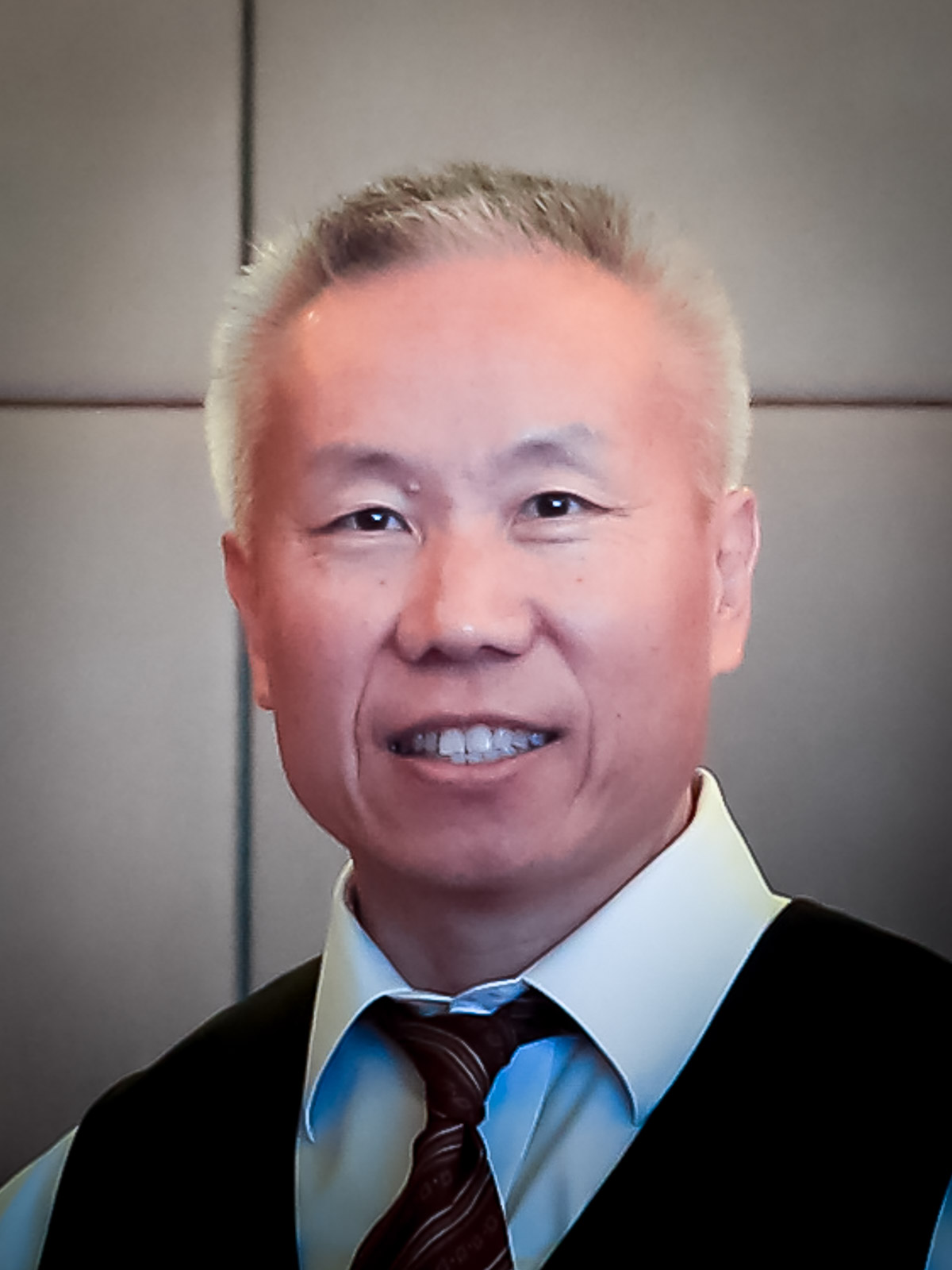Donglin Bai
 |
Professor BSc Peking University, Biophysics Office: Dental Sciences Building, Room 00073 Website: Bai Lab |
Why Science?
Science was something that always held my interest as I was fascinated by how things work and the mechanisms behind certain processes, so pursuing it as my career was the obvious choice. I enjoy figuring things out and discovering new information, and these traits led me to professionally pursue scientific research. Throughout my university experience, I focused on biology and was specifically trained in electrophysiology; when I attended University of Cambridge for my PhD, my research was on neurotransmitter receptors on identified cockroach neurons, and used them as target sites to develop insecticides. After that, I decided to work on mammalian central nervous systems. I did a post-doc in Ottawa where I focused on neurons controlling hydromineral balance in the hypothalamus. I did another post-doc in Toronto where I focused on the major inhibitory and excitatory neurotransmitter receptors, GABAA receptors, and NMDA receptors in the hippocampus. After moving to Western in 2002, I started to characterize functional properties of gap junction channels using patch clamp technique.
Research Goals
My current research focuses on the physiology of gap junction channels, including molecular/structural mechanisms of gap junction channel docking, single channel conductance, and voltage-dependent gating properties. Gap junction channels are of particular interest as they mediate direct intercellular communication in virtually all tissues. Mutations in the genes encoding for gap junctions were found to link to more than a dozen inherited diseases, such as deafness, peripheral and central hypomyelination diseases, cataracts, cardiac arrhythmias, and skin diseases. My laboratory works on figuring out how these channels work, as well as how disease-linked mutants change their function. Our goal is to have a comprehensive understanding of gap junction channels and to develop novel treatments for many gap junction related diseases.
Specific Research Interests
1. Structural Function of Gap Junction Channels
Part of my research studies the functional domains of connexin molecules that determine gap junctional channel properties, including transjunctional voltage-dependent gating (Vj-gating), single channel conductance, and the docking interactions between two hemichannels. We identified that the amino terminal domain, the first extracellular domain, and residues within these domains played an important role in Vj-gating and single channel conductance in Cx50. We also studied the mechanisms of heterotypic docking compatibility for Cx26 and Cx32, as well as the major cardiovascular connexins (Cx37, Cx40, Cx43, and Cx45). Our works revealed that the residues forming hydrogen bonds between the second extracellular domains are critical for docking compatibility for these connexins.
2. Reveal the Molecular Defects Associated with Disease-linked Connexin Mutants
My lab also focuses on how gap junction mutants might lead to human diseases, including congenital hearing loss, oculodentodigital dysplasia, cardiac arrhythmias, skin diseases, Charcot-Marie-Tooth disease, and Pelizaeus Merzbacher-like disease. Dual path clamp, fluorescent imaging, and genetic engineering techniques are used to investigate the functional outcomes of mutant connexins.
Most Rewarding Moments
Curiosity is the biggest driver for my research; my interest in the functional properties of gap junction channels motivates me to continue with my research day in and day out. It’s really rewarding to learn about the different domains and residues that play a role in regulating different channel properties of gap junction channels and why mutations in certain residues are associated with diseases but not in other residues. I find this work remarkably interesting and rewarding due to our studies offering mechanistic understandings of connexin diseases, a first step to develop strategies of treatment for these diseases.
| 2004-2009 | Canada Research Chair in Cellular Communication |
| 1999-2001 | Michael Smith Fellowship, CIHR |
| 1995-1997 | Fellowship, Heart & Stroke Foundation of Canada |
| 1991-1994 | Research Studentship, University of Cambridge & E.I. du Point de Nemours & Co. |
Publications:
See all my publications on PubMed.
Highlighted Publications
Gollob, M.H., Jones, D.L., Krahn, A.D., Danis, L., Gong, X.Q., Shao, Q., Liu, X., Veinot, J.P., Tang, A.S., Stewart, A.F., Tesson, F., Klein, G.J., Yee, R., Skanes, A.C., Guiraudon, G.M., Ebihara, L., and Bai, D. (2006). Somatic mutations in the connexin 40 gene (GJA5) in atrial fibrillation. N Engl J Med 354, 2677-2688. Link to article.
Gong, X.Q., Nakagawa, S., Tsukihara, T. and Bai, D. (2013) A gap junction docking mechanism revealed by functional rescue of a human disease-linked connexin mutant. J Cell Sci 126, 3113-3120. Link to article
Kim, N.K., Santos-Miranda, A., Chen, H., Aoyama, H. and Bai, D. (2019) Heterotypic docking compatibility of human connexin37 with other vascular connexins. J Mol Cell Card 127, 194-203. Link to article
Tong, X., Aoyama, H., Tsukihara, T. and Bai, D. (2014) Charge at the 46th residue of Cx50 is crucial for the gap junctional unitary conductance and transjunctional voltage-dependent gating. J Physiol 592, 5187-5202. Link to article
Sun, Y., Yang, Y.Q., Gong, X.Q., Wang, X.H., Li, R.G., Tan, H.W., Fang, W.Y. and Bai, D. (2013) Novel germline GJA5/connexin40 mutations associated with lone atrial fibrillation impair gap junctional intercellular communication. Hum Mutat 34, 603-609. Link to article








